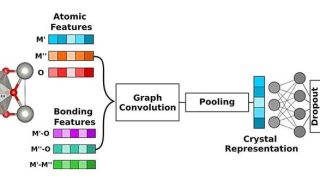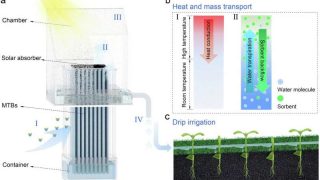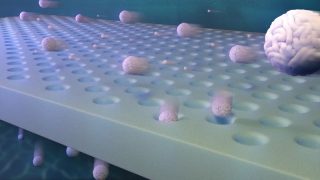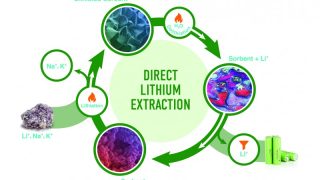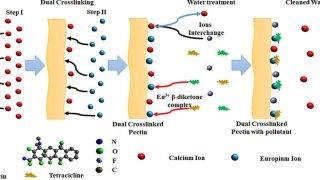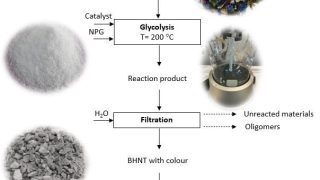
A new recycling approach to complex plastic waste
PET (polyethylene terephthalate), a widely used polymer in packaging due to its favourable properties, increases rapidly in global plastic production and waste. Between 2000 and 2019, global plastic production rose from 234 to 460 million tonnes and is projected to reach 1,231 million tonnes by 2060. As a result, plastic waste more than doubled from […]


